
Article Summary: Richard Nixon Conservation President
Richard Nixon Conservation President. It may come as a surprise to many, but America’s 37th President is considered by conservationists and environmentalists to be one of the most consequential presidents of all time. Why, you might be asking, does that matter today?
Sea levels are rising and oceans are becoming warmer. Longer, more intense droughts threaten crops, wildlife and freshwater supplies. From polar bears in the Arctic to marine turtles off the coast of Africa, our planet’s diversity of life is at risk from the changing climate.
Extraordinary heat waves are sending temperatures soaring into uncharted territory in Europe and the United States setting ghastly new benchmarks.
As we enter dangerous uncharted territory, More Just Parks takes a look back at the last Republican President who championed conservation and environmentalism. What lessons might we draw today from him today? And, how can we encourage today’s Republican leaders to follow his example?
Richard Nixon is part of More Than Just Parks Environment Heroes Series.
Richard Nixon Conservation President
America’s First Conservation President
Theodore Roosevelt’s conservation legacy is both profound and enduring, making him one of the most significant figures in American conservation history. As the 26th President of the United States, serving from 1901 to 1909, Roosevelt left a remarkable impact on environmental protection and natural resource conservation.
Roosevelt was the first Republican President to champion the issue of conservation. His conservation policies and actions laid the foundation for modern environmentalism in the United States.

Roosevelt’s Conservation Legacy
Here are some key aspects of Theodore Roosevelt’s conservation legacy:
- National Parks and Public Lands: Roosevelt recognized the importance of preserving natural landscapes for future generations. During his presidency, he established five national parks, including Crater Lake and Wind Cave, and signed the Antiquities Act into law, which empowered presidents to designate national monuments to protect significant cultural, historical, and natural sites. He used this authority to establish 18 national monuments, including the Grand Canyon. Under his administration, over 230 million acres of public land were set aside for conservation purposes.
- Forest Conservation: Roosevelt believed in the sustainable management of forests and the protection of natural resources. In 1905, he transferred the management of federal forest reserves from the Interior Department to the Agriculture Department, under Gifford Pinchot, a close ally and pioneer in conservation forestry. This move helped establish the United States Forest Service, which focused on responsible forestry practices and conservation of forest resources.
- National Wildlife Refuge System: Roosevelt was an avid hunter and naturalist, but he also recognized the importance of preserving wildlife and their habitats. He played a significant role in expanding the National Wildlife Refuge System, setting aside protected areas to conserve and restore wildlife populations.
- Conservation Diplomacy: Roosevelt’s conservation vision extended beyond U.S. borders. He advocated for wildlife and habitat conservation on the international stage, using diplomacy to establish wildlife sanctuaries, promote responsible hunting practices, and protect natural resources worldwide.
- Conservation Ideology: Roosevelt’s conservation philosophy emphasized the responsible use of natural resources for the public good. He believed in a balanced approach to conservation, one that allowed for economic development while also safeguarding the environment for future generations. His belief in stewardship and active management of resources laid the groundwork for modern conservation practices.
- Legacy in Environmental Awareness: Beyond his tangible contributions to conservation, Roosevelt’s presidency helped raise public awareness about the importance of protecting the environment. He was a passionate advocate for preserving nature’s beauty and resources, inspiring a new generation of conservationists and setting the stage for future environmental movements.

The Republican Heir To Roosevelt | Richard Nixon Conservation President
The Defenders of Wildlife established their list of presidents from both political parties who have been champions of conservation. Of the men who followed Theodore Roosevelt into the White House, only one Republican makes their list. His name is Richard M. Nixon.
“The great question of the Seventies is…shall we make our peace with nature and begin to make reparations for the damage we have done to our air, to our land, and to our water,”
-president richard nixon
President Nixon’s environmental record is surprising and often overlooked by many who focus on the darker aspects of his legacy.
Despite being known for his involvement in controversial issues like the Watergate Scandal, his administration was instrumental in initiating several landmark environmental policies and creating key institutions that continue to play a significant role in protecting the environment in the United States.
President Richard Nixon’s environmental record is indeed surprising to many people, especially given the perception of his presidency in other areas. Despite being associated with controversial political actions, Nixon’s administration left a lasting legacy in terms of environmental policy and protection.
There are six major initiatives which have become a part of Nixon’s conservation and environmental legacy.
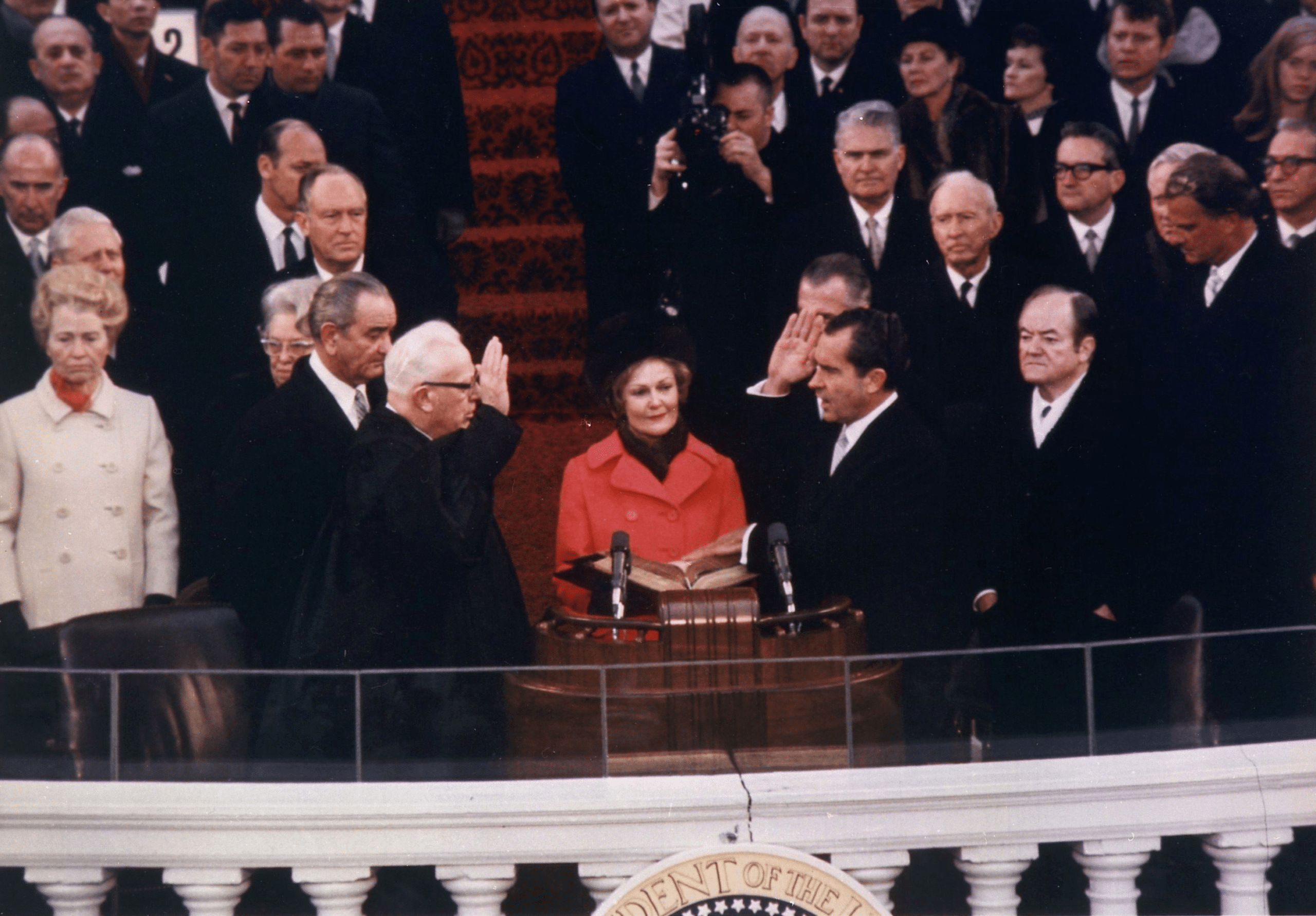
1. National Environmental Policy Act (NEPA)
Signed into law on January 1, 1970, the National Environmental Policy Act (NEPA) is one of the most important pieces of environmental legislation in the U.S. It requires federal agencies to consider the environmental impacts of their actions and involve the public in decision-making processes.
The key objectives of NEPA are:
- Environmental Impact Assessment (EIA): NEPA requires federal agencies to consider the potential environmental impacts of their proposed actions before making decisions. It mandates agencies to prepare an Environmental Impact Statement (EIS) for any major federal project or federal funding that could significantly affect the environment.
- Public Participation: NEPA emphasizes public involvement throughout the environmental decision-making process. It ensures that the public has access to information about proposed projects, and it allows citizens, organizations, and other stakeholders to provide input and express concerns.
- Interagency Cooperation: NEPA encourages collaboration between federal agencies when dealing with environmental issues. It promotes the sharing of information and expertise to improve the overall quality of environmental decision-making.
- Mitigation: NEPA encourages agencies to consider measures to minimize adverse environmental impacts. This includes exploring alternatives and adopting measures that will mitigate negative effects on the environment.
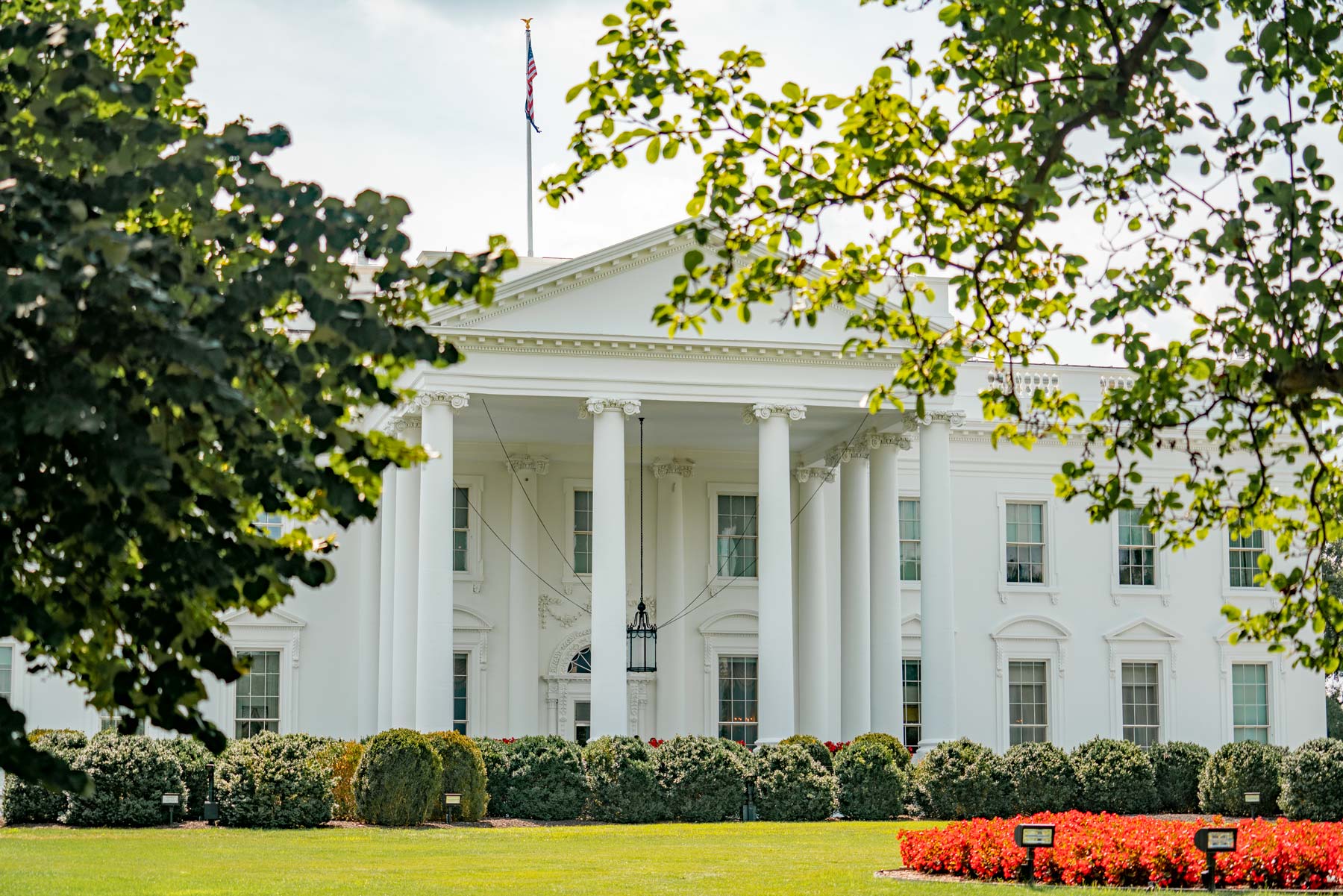
2. Creation Of The Environmental Protection Agency
The Environmental Protection Agency (EPA) is a federal agency of the United States government, established on December 2, 1970, under the administration of President Richard Nixon. Its primary mission is to protect human health and the environment by implementing and enforcing a wide range of environmental laws and regulations.
The EPA plays a crucial role in safeguarding the environment and ensuring that the natural resources are conserved and protected for current and future generations.
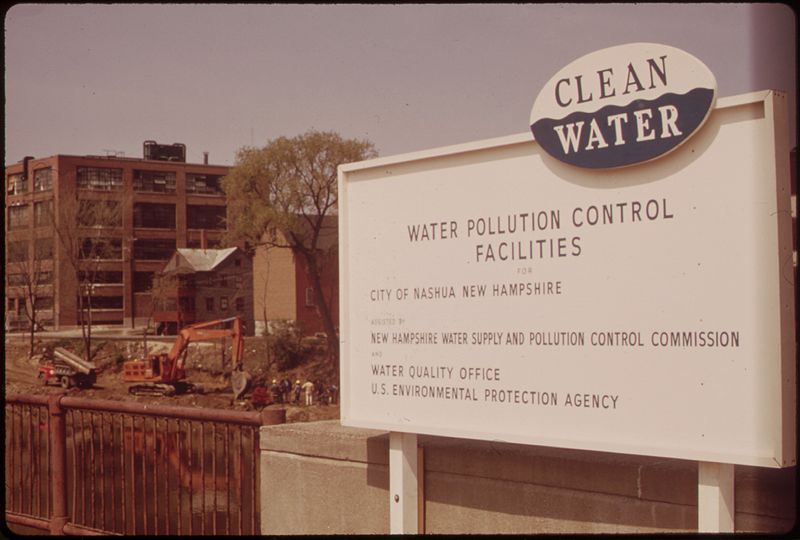
Key Functions Of The EPA | Richard Nixon Conservation President
- Regulation and Enforcement: The EPA is responsible for developing and enforcing regulations that address various environmental issues, such as air quality, water quality, hazardous waste management, chemical safety, and more. It sets national standards and guidelines for pollution control and works with state and local authorities to ensure compliance with these regulations.
- Environmental Monitoring and Research: The EPA conducts scientific research, monitoring, and assessments to understand the state of the environment and identify emerging environmental threats. This research helps in making informed policy decisions and setting appropriate standards.
- Air Quality Management: The EPA establishes air quality standards for common pollutants and works with states and local governments to develop plans to achieve and maintain these standards. It also regulates emissions from industries and vehicles to reduce air pollution.
- Water Quality Management: The EPA sets water quality standards and oversees programs to protect and improve the nation’s water resources. This includes regulating discharges into water bodies, controlling stormwater runoff, and addressing water pollution issues.
- Toxic Substances and Chemical Safety: The EPA evaluates and regulates the use, manufacture, storage, and disposal of chemicals to protect human health and the environment from potential harm. It manages programs like the Toxic Substances Control Act (TSCA) and the Federal Insecticide, Fungicide, and Rodenticide Act (FIFRA).
- Hazardous Waste Management: The EPA oversees the proper handling, treatment, storage, and disposal of hazardous wastes generated by industries and ensures the cleanup of contaminated sites through programs like the Resource Conservation and Recovery Act (RCRA) and the Comprehensive Environmental Response, Compensation, and Liability Act (CERCLA, also known as Superfund).
- Environmental Education and Public Outreach: The EPA conducts educational programs and outreach initiatives to raise public awareness about environmental issues and the importance of environmental protection. It encourages public participation and engagement in environmental decision-making processes.
- Climate Change Mitigation and Adaptation: The EPA addresses climate change by developing and implementing policies to reduce greenhouse gas emissions and promote adaptation measures to cope with the impacts of climate change.
- Emergency Response: The EPA provides emergency response and support during environmental disasters, oil spills, chemical accidents, and other environmental emergencies.

ENVIRONMENTAL PROTECTION AGENCY PESTICIDES INSPECTORS DISCUSS CONTENTS OF WAREHOUSE CONTAINERS WITH AN OFFICIAL OF NARA | COURTESY OF WIKIMEDIA COMMONS
Richard Nixon Conservation President
3. Clean Air Act Of 1970
The Clean Air Act of 1970 is a landmark piece of environmental legislation in the United States that holds significant importance for protecting public health and the environment. It was enacted in response to growing concerns about air pollution and its adverse effects on human health, ecosystems, and the economy.
It’s key provisions include the following:
- Protection of Public Health: The primary objective of the Clean Air Act is to protect public health by regulating and reducing air pollution. It targets the emission of harmful pollutants such as sulfur dioxide, nitrogen oxides, particulate matter, ozone, carbon monoxide, and lead, which are known to have adverse effects on human respiratory systems and can cause or exacerbate various health conditions like asthma, cardiovascular diseases, and lung cancer.
- Environmental Preservation: Air pollution not only impacts human health but also poses a threat to the environment. Acid rain, smog, and ground-level ozone can harm plants, forests, bodies of water, and wildlife. By controlling emissions from industrial facilities, vehicles, and other sources, the Clean Air Act helps safeguard ecosystems and promotes biodiversity.
- National Air Quality Standards: The Clean Air Act empowers the Environmental Protection Agency (EPA) to set National Ambient Air Quality Standards (NAAQS) for specific pollutants. These standards establish the maximum allowable concentrations of pollutants in the air to ensure that the air quality is at safe and healthy levels nationwide. States are required to develop plans to achieve and maintain these standards, leading to improved air quality across the country.
- Technological and Economic Advancements: The Clean Air Act’s implementation has stimulated technological advancements in pollution control equipment and techniques. Industries and businesses have had to innovate and adopt cleaner technologies, leading to a reduction in emissions. While some critics argue that compliance with the Act may increase costs for certain industries, it has also opened up new markets for clean technologies and stimulated economic growth in the green sector.
- International Influence: The Clean Air Act has set a precedent and inspired other countries to enact similar legislation to address their own air pollution challenges. It has served as a model for global environmental agreements, emphasizing the importance of international cooperation in tackling transboundary air pollution and climate change.
- Amendments and Ongoing Adaptations: Over the years, the Clean Air Act has been amended and strengthened to address emerging environmental issues and new scientific findings. This adaptability ensures that the legislation remains relevant and effective in tackling contemporary air quality challenges.
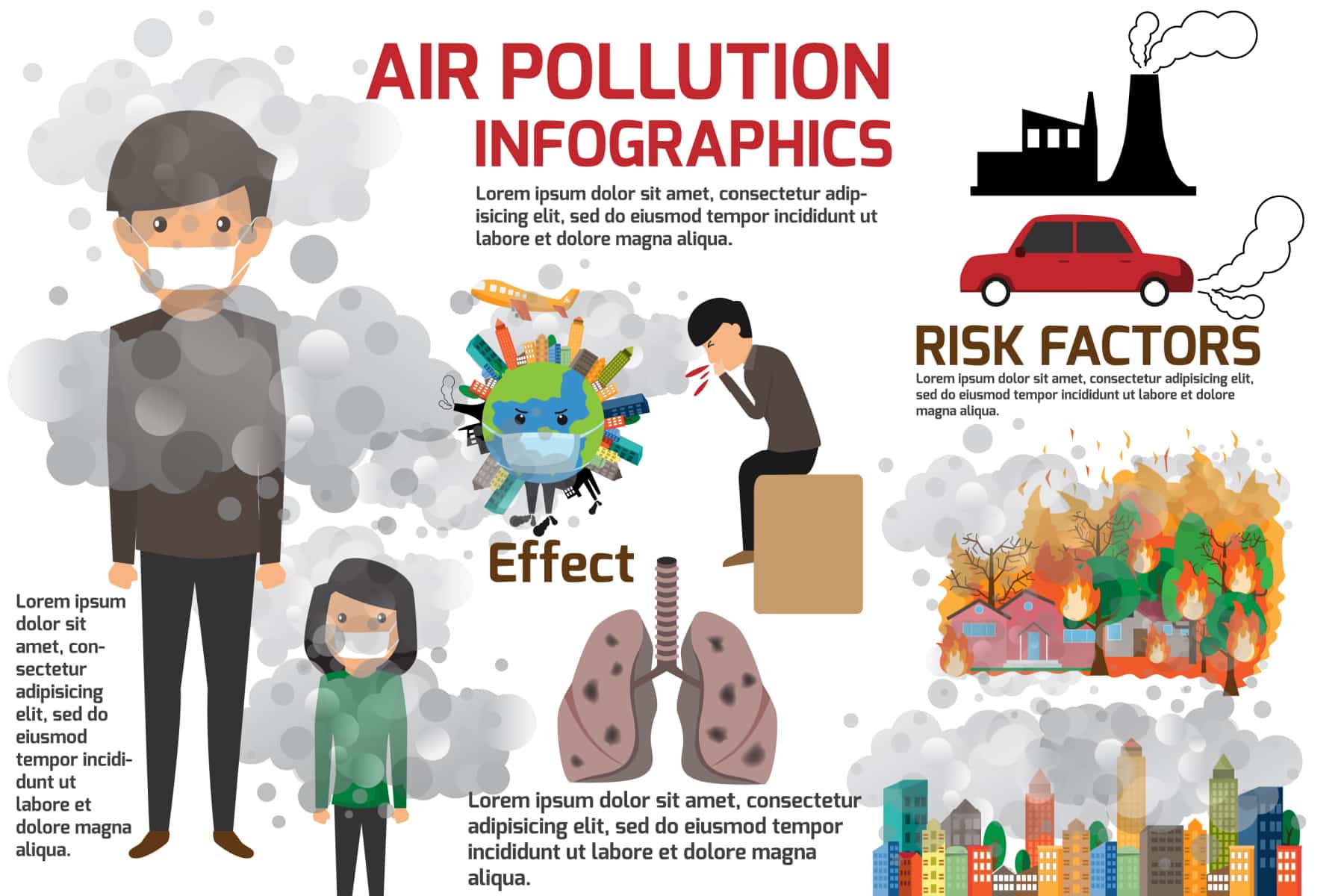
4. Marine Mammal Protection Act
Another of Richard Nixon’s landmark achievements was the Marine Mammal Protection Act. It’s a crucial piece of legislation in the United States aimed at conserving marine mammal populations and their habitats.
Enacted in 1972, the MMPA has had a significant impact on the conservation of marine mammals and the marine ecosystems they inhabit.

Key Provisions Of The Act | Richard Nixon Conservation President
The key impacts of the Marine Mammal Protection Act are as follows:
- Conservation of Marine Mammals: The primary goal of the MMPA is to protect marine mammals and ensure their populations are maintained at sustainable levels. The act prohibits the “take” of marine mammals, which includes harassing, hunting, capturing, or killing them, with certain exceptions for indigenous subsistence hunting and other specific circumstances.
- Protection of Endangered Species: The MMPA provides special protections for endangered and threatened marine mammal species. It mandates the development of recovery plans and conservation measures for these species to aid in their recovery and prevent further decline. Several marine mammal species, such as the Hawaiian monk seal and the North Atlantic right whale, have received critical support and attention under the MMPA to prevent their extinction.
- Reduction of Bycatch: Bycatch, the unintended capture of marine mammals in fishing gear, has been a significant threat to marine mammal populations worldwide. The MMPA requires the use of certain fishing methods and gear modifications to reduce bycatch, thus minimizing the impact of commercial fisheries on marine mammals.
- Marine Ecosystem Balance: Marine mammals play crucial roles in marine ecosystems as top predators and key indicators of ecosystem health. By protecting these animals, the MMPA indirectly contributes to maintaining ecological balance and biodiversity in marine environments.
- Scientific Research and Monitoring: The MMPA promotes research and monitoring of marine mammal populations and their habitats. By gathering data on population trends, migration patterns, and threats, scientists can better understand marine ecosystems and inform conservation efforts.
- Public Awareness and Education: The MMPA has helped raise public awareness about marine mammals and the importance of their conservation. The act encourages public education and outreach initiatives to inform people about the ecological significance of marine mammals and the role they play in the ocean’s health.
- International Influence: The success of the MMPA in safeguarding marine mammals has had a positive influence on international marine conservation efforts. The act has inspired similar legislation and agreements in other countries, contributing to global conservation initiatives for marine mammals.
5. Endangered Species Act
The Endangered Species Act (ESA) is one of the most significant and far-reaching environmental laws in the United States, and it serves as a critical tool for protecting and conserving endangered and threatened species and their habitats.
Enacted in 1973, the ESA has proven to be instrumental in addressing the alarming decline of biodiversity and safeguarding the delicate balance of ecosystems.

Key Provisions Of The Act | Richard Nixon Conservation President
The importance of the Endangered Species Act can be highlighted in the following ways:
- Biodiversity Conservation: The ESA focuses on conserving endangered and threatened species, which are vital components of biodiversity. Preserving biodiversity is crucial because it ensures the resilience of ecosystems, enhances ecosystem services, and supports the overall health of the planet.
- Species Recovery: The ESA mandates the identification and listing of endangered and threatened species and requires the development of recovery plans for each listed species. These recovery plans outline specific actions and strategies aimed at restoring the populations of imperiled species and their habitats.
- Habitat Protection: The ESA not only protects individual species but also their critical habitats. By preserving and enhancing the environments where endangered and threatened species live and breed, the act helps sustain entire ecosystems and the myriad of species that depend on them.
- Ecosystem Health: The ESA recognizes the interconnectedness of species within ecosystems. Protecting one species often has positive cascading effects on other species and the overall health of the ecosystem. By addressing the root causes of population declines, the ESA contributes to the ecological balance of natural systems.
- Preventing Extinctions: One of the primary goals of the ESA is to prevent the extinction of species in the wild. The act provides legal protections to listed species, making it illegal to harm, harass, or kill them, and it places restrictions on activities that may adversely affect their habitats.
- Science-Based Decision Making: The ESA relies on scientific data and assessments to determine which species are endangered or threatened and what actions are necessary for their recovery. This commitment to evidence-based decision-making ensures that conservation efforts are targeted and effective.
- Public Engagement: The ESA encourages public participation and involvement in species conservation. The act requires public comment periods during the listing process and invites stakeholders, landowners, and the public to participate in recovery planning and implementation.
- International Influence: The success of the ESA has influenced conservation efforts worldwide. It has served as a model for similar legislation in other countries and has contributed to international cooperation in protecting endangered species and their habitats.
- Adaptive Management: The ESA allows for adaptive management, which means that conservation efforts can be adjusted and improved over time based on new scientific information and lessons learned from implementation.
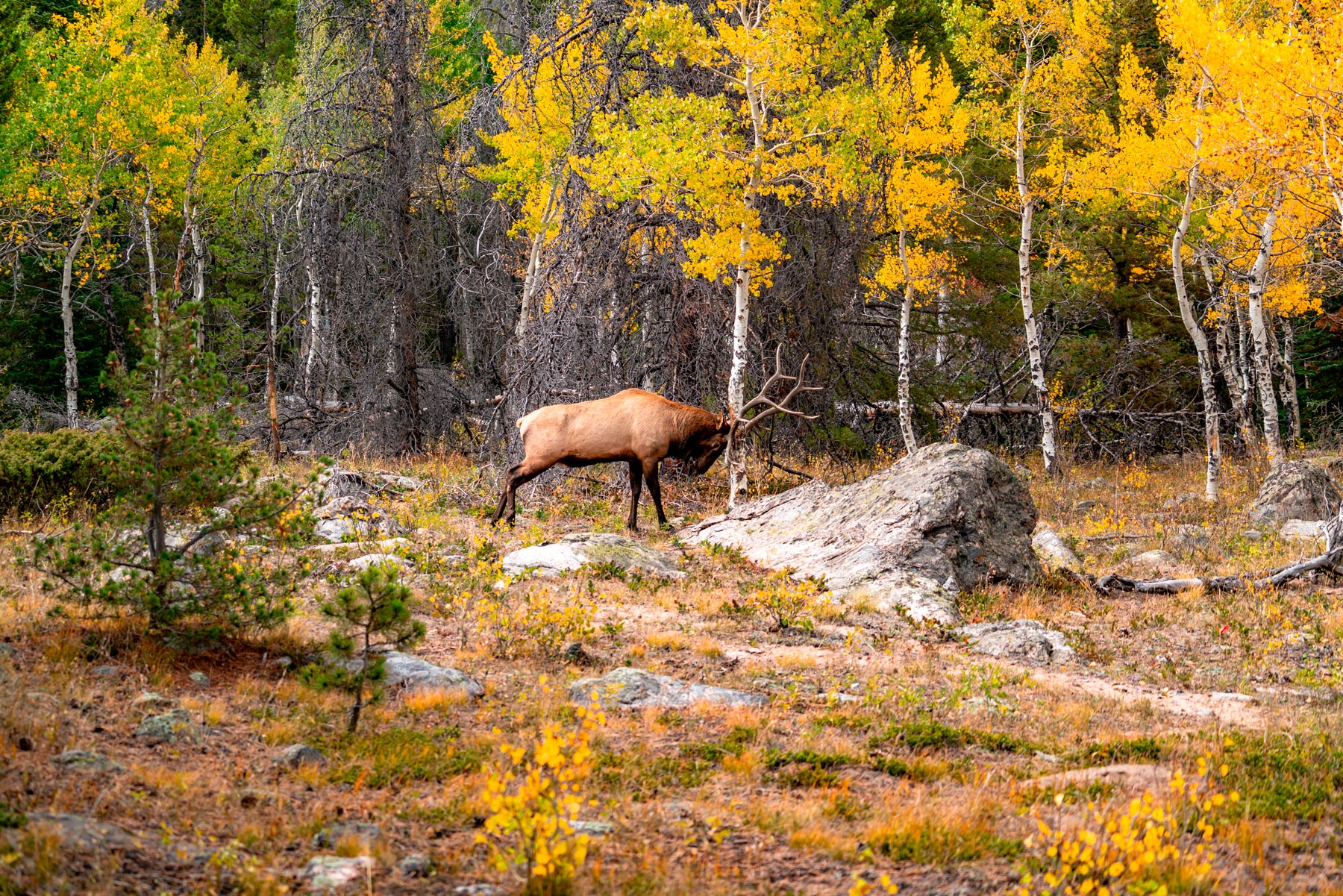
6. Safe Water Drinking Act
The Safe Drinking Water Act (SDWA) is a crucial piece of legislation in the United States aimed at ensuring the safety and quality of the nation’s drinking water.
Enacted in 1974 and amended in subsequent years, the SDWA addresses the concerns of water contamination, sets standards for drinking water quality, and establishes a comprehensive framework for protecting public health.

Water Flowing From A Tap | Courtesy of Wikimedia Commons
Key Highlights | Richard Nixon Conservation President
The importance of the Safe Drinking Water Act can be highlighted in the following ways:
- Protecting Public Health: The primary focus of the SDWA is to protect public health by ensuring that drinking water is safe and free from harmful contaminants. The act sets maximum contaminant levels (MCLs) for a wide range of pollutants, including bacteria, viruses, heavy metals, chemicals, and other substances that may pose health risks when consumed by humans.
- National Standards for Drinking Water: The SDWA establishes national standards for drinking water quality, providing a consistent and uniform framework across the entire country. It sets clear guidelines for public water systems to meet in order to deliver safe and potable water to consumers.
- Monitoring and Reporting Requirements: The SDWA requires regular monitoring and testing of drinking water supplies by public water systems to ensure compliance with the established water quality standards. These systems are required to provide the public with annual water quality reports, enhancing transparency and public awareness about water quality issues.
- Source Water Protection: The SDWA emphasizes the protection of source water, which is the untreated water from rivers, lakes, and underground aquifers that supply public drinking water systems. By safeguarding these sources from contamination, the act helps prevent water quality issues from arising in the first place.
- Contaminant Control and Regulation: The SDWA empowers the Environmental Protection Agency (EPA) to identify new contaminants that may be harmful to public health and to regulate and establish MCLs for these contaminants as needed. This proactive approach ensures that drinking water remains safe even as new potential threats emerge.
- Emergency Response and Preparedness: The SDWA includes provisions for responding to drinking water emergencies, such as contamination incidents or natural disasters. It helps coordinate efforts between federal, state, and local agencies to address crises promptly and effectively.
- Community Water System Support: The SDWA provides financial and technical assistance to community water systems, especially smaller and disadvantaged systems, to improve their infrastructure, treatment processes, and compliance with water quality standards.
- Public Participation: The SDWA encourages public participation and involvement in the decision-making process regarding drinking water quality. The act requires opportunities for public comment on various water-related issues, ensuring that the concerns of communities and consumers are taken into account.
Richard Nixon Conservation President
Greatest Environmental President?
Dr. Scott C. Shalaway, a certified wildlife biologist, ornithologist, birder, and nature writer believes Richard Nixon was the Greatest Environmental President of all time.
Shalaway makes a good case for Nixon, citing the creation of the Environmental Protection Agency, Clean Air Act and Clean Water Act as landmark achievements placing Nixon at the top.
“Can you imagine what the air and water in Los Angeles, Chicago, Philadelphia, New York City, Pittsburgh, Cleveland and other major industrial cities would look and smell like today without these laws?”
Nixon used his presidency to champion sweeping legislation to protect America’s air, water and animals. These accomplishments are often forgotten, overshadowed by the political disgrace that caused him to resign the presidency less than a year after he signed the law.
Some consider Richard Nixon the Greatest Conservation President. More Than Just Parks, however, selected someone else whom we consider more deserving of that honor. To learn about who we chose, check out our article.

Gerald Ford Continues Nixon’s Legacy
Gerald Rudolph Ford was the only American to become president who was neither elected to the presidency or the vice presidency.
Ford was appointed by Richard Nixon to replace Vice President Spiro Agnew. Agnew had to resign as part of a plea bargain agreement. In 1973, he was investigated by the United States Attorney for the District of Maryland on suspicion of criminal conspiracy, bribery, extortion and tax fraud.
After months of maintaining his innocence, Agnew pleaded no contest to a single felony charge of tax evasion and resigned from office.
The Watergate Scandal led to Nixon’s own resignation a year later. Ford replaced him becoming the nation’s 38th president.
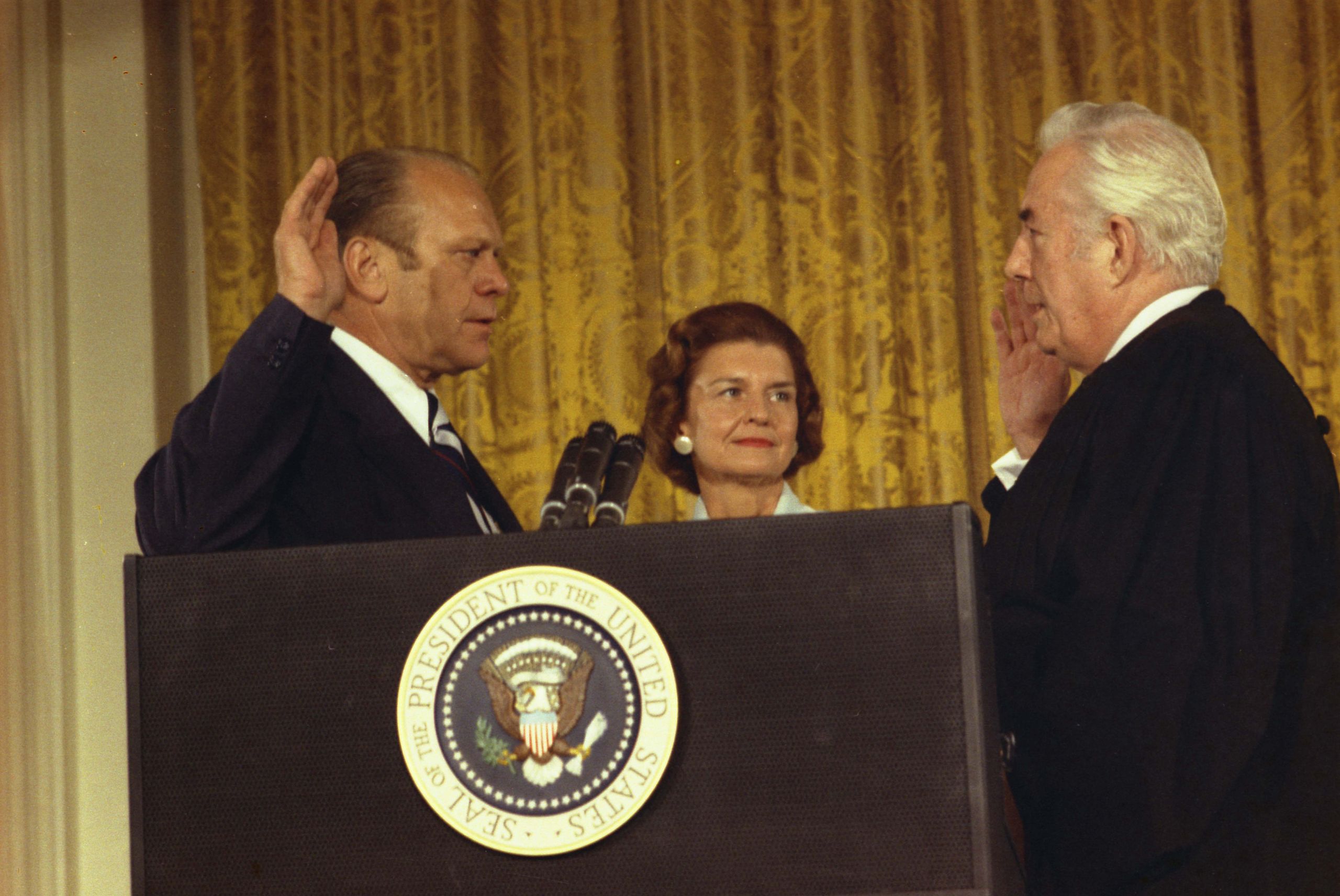
Continuing Nixon’s Initiatives
Gerald Ford signed two important environmental protection bills in 1976.
The Resource Conservation and Recovery Act, which regulated hazardous and solid wastes, and the Toxic Substances Control Act.
Some might argue that Gerald Ford was the last Republican President to be concerned about issues pertaining to conservation and environmentalism. Ford, however, was not not elected in his own right. Rather, he was carrying out the unfinished work of his predecessor – Richard M. Nixon.
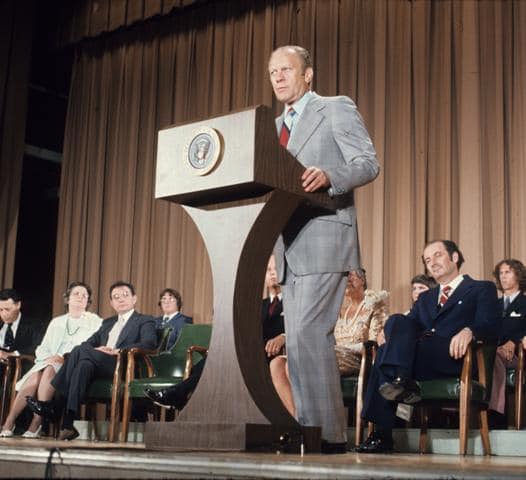
Ronald Reagan & The Politics Of Anti-Environmentalism
With the 1980 election of Ronald Reagan, the era of environmental activism came to an abrupt end.
In one of his earliest public pronouncements on the environment, Reagan claimed [incorrectly] that trees cause pollution.
Many environmentalists insist his administration’s environmental record will be remembered as one of the worst of any modern presidency.
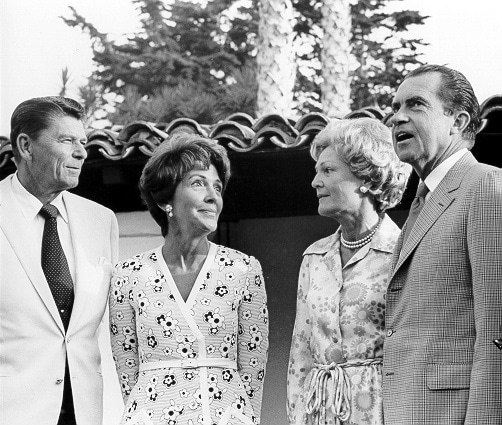
Eight years later, people on both sides of the argument say the environmental legacy of the Reagan era is a stalemate: that the Administration left many serious problems unaddressed and neither revolutionized environmental regulation nor transferred large amounts of public resources to private industry.
-the new york times
The Playbook For Future Republican Presidents
Despite his public image as that of a vigorous champion of the great outdoors, the New York Times looked back on Reagan’s environmental record and reported that he was “lax in enforcing antipollution laws and promiscuous in making public lands and resources available to profit-making corporations.
His administration cut off much needed funding for environmental and conservation agencies. These agencies were politicized and their staffs were demoralized.”
Reagan’s action would serve as the “playbook” for future Republican administrations.
A Republican president established the EPA, but a subsequent Republic president, Reagan, perpetually opposed legislation that enhanced the quality of the public’s safety under the EPA by favoring businesses and polluting industries that continually threatened the environment with increased carbon emissions and chemical effluents in waterways.
–Don Sharpes, White House Studies, Vol. 14, Issue 1
That conservative strategy did not change over the succeeding decades. This mission of reducing or eliminating government regulations, especially within the EPA, was expanded during the Trump Administration.“
Richard Nixon Conservation President
George H.W. Bush & The Lost Opportunity
After taking office, George H.W. Bush was visited by former Presidents Gerald Ford and Jimmy Carter.
Nathaniel Rich reports in Losing Earth, that the two former presidents, one a Democrat and the other a Republican, presented Bush with the “American Agenda,” a year-long, bipartisan report on the challenges facing the country.
The report recommended making climate change a major national priority and doubling the EPA’s research budget. “Americans,” the former presidents said, “should no longer see environmental issues simply as a luxury.”
Bush ignored the report.
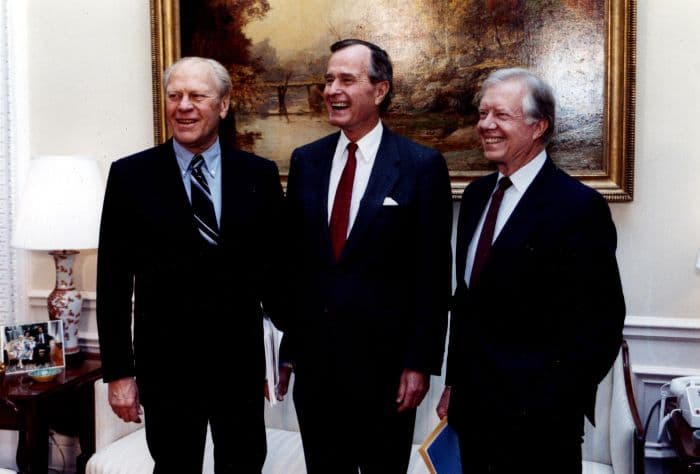
Bush, The Environmentalist?
George H.W. Bush, who had campaigned as an environmentalist, had a historic opportunity to take decisive action on climate change.
Climate deniers were becoming increasingly active, including in the Bush White House. A coal industry-sponsored documentary titled The Greening of Planet Earth began circulating, while Bush’s chief of staff John Sununu became a vocal roadblock to climate policy, throwing up bureaucratic obstacles and winning Cabinet battles against those who wanted a stronger policy.
Bush himself reportedly had no strong interest in global warming and was largely briefed on it by non-scientists. (Source: The Conversation)
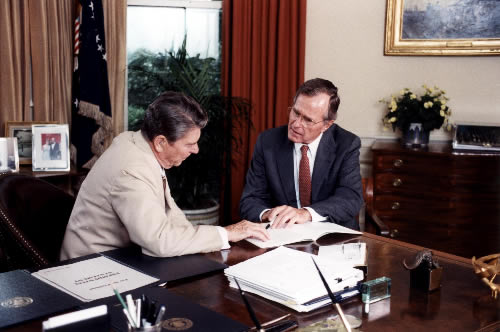
An Historic Opportunity Was Lost
As ClimateWire noted, “At the start of the George H.W. Bush presidency, the Republican Party fretted about the dangers of climate change. By the end, it was focused on doubt and inaction.”
The Bush presidency was a “debate over denialism in microcosm,” said Jerry Taylor, president of the Niskanen Center and a former climate skeptic who now works to convince conservatives about the dangers of climate change.
“The GOP during the Bush presidency pivoted from a position of being torn on how to respond to climate change,” Taylor said. “This issue could have gone either way, but we know which way it went. The party could have been on climate change where the party is on acid rain, which is accepting it as a real thing and with some responsibility for a government response and total peace with the decision.”
So, for all his talk, Bush’s climate legacy is that he walked away from pushing a policy that would restrict greenhouse gases at the very moment that the top scientists in the world were saying it posed a crisis for humanity. (Source: ClimateWire)
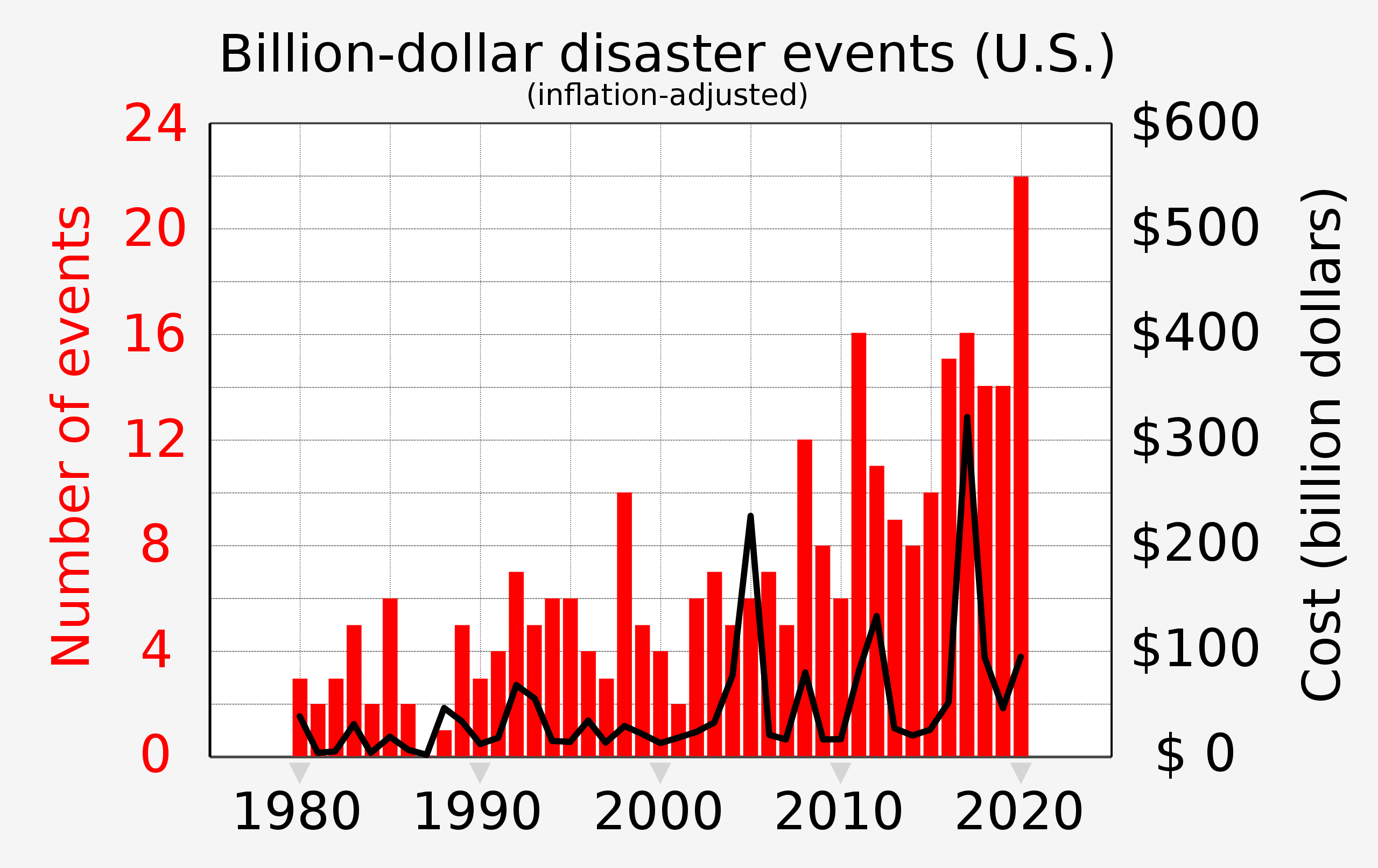
George W. Bush & More Promises Not Kept
George W. Bush, in his 2000 presidential campaign, promised to regulate and reduce carbon emissions. He governed far differently however.
At The Guardian noted, “The tone was set in the first 100 days when Bush reneged on a campaign promise to regulate carbon dioxide from coal-burning power plants, the biggest contributors to global warming. Days later, the White House announced that America would not implement the Kyoto global climate change treaty.”
“Certainly the most destructive part of the Bush environmental legacy is not only his failure to act on global climate change, but his administration’s covert attempt to silence the science alerting us to the urgency of the problem,” said Jonathan Dorn of the Earth Policy Institute (EPA) in Washington.
“The early Reagan administration (1981–1983) launched an overt attack on the EPA, combining deregulation with budget and staff cuts, whereas the George W. Bush administration (2001–2008) adopted a subtler approach, undermining science-based policy.”
–American Journal Of Public Health, April 2018
The Republican Reversal
Like all of his predecessors going back to Ronald Reagan, George W. Bush ignored the looming climate threat.
As a former oilman, Bush continued efforts to eliminate safety regulations and open up more public lands for coal, natural gas and oil interests.
Environmental organizations concluded that the Bush years represented a concerted assault, from the administration’s undermining of the science on climate change to its dismantling of environmental safeguards to its support for mining and oil interests. (Source: The Guardian)
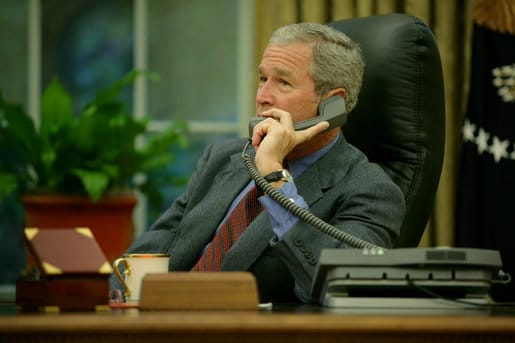
“He [George W. Bush] has undone decades if not a century of progress on the environment,” said Josh Dorner, a spokesman for the Sierra Club, one of America’s largest environmental groups.
-The Sierra Club
A Republican Rejection Of Science
Republicans took pride in their party’s tradition of environmental leadership. In the late 1960s and early 1970s, the GOP helped to create the Environmental Protection Agency, extend the Clean Air Act, and protect endangered species. Then that all changed.

The rejection of reason–the molten core of denialism–opens the door to the rejection of morality, for morality relies on a shared faith in reason. Actions to hasten carbon dioxide emissions are the ineluctable corollary of climate denialism.
-Nathaniel Rich, Losing Earth: A Recent History
Once it becomes possible to disregard the welfare of future generations, or those now vulnerable to flooding or drought or wildfire–once it becomes possible to abandon the constraints of human empathy–any monstrosity committed in the name of self interest is permissible.
Attacking Environmentalism Became Good Politics
James Morton Turner and Andrew C. Isenberg attempt to answer the question of what happened to the Republican commitment to the environment in their book titled, “The Republican Reversal: Conservatives and the Environment from Nixon to Trump.”
In it, Morton and Isenberg write, “The economic anxieties of the 1970s presented conservatives with an opportunity to accomplish what had long eluded them: win the White House. Republicans began reversing many of their positions on environmental protection.
Reagan, largely focused on the toxicity of government regulation and the blessings of American free enterprise, added caustic dismissals of environmental regulation to his campaign speeches, inaugurating a new partisan era of environmental politics.”
The authors go on to conclude that the conservative abdication of environmental concern stands out as one of the most profound turnabouts in modern American political history, critical to our understanding of the GOP’s modern success.
The Republican reversal on the environment is emblematic of an unwavering faith in the market, skepticism of scientific and technocratic elites, and belief in American exceptionalism that have become the party’s distinguishing characteristics.

Enter Donald Trump
Notwithstanding President Trump’s claims to want “crystal clean water and the cleanest and the purest air on the planet,” his administration reversed over 100 environmental policies. Trump’s most notable decision was to withdraw the United States from the Paris Climate Accords shortly after taking office.
The actions of the exiting administration will have “extremely damaging environmental consequences”, said Richard Revesz, a professor of environmental law at New York University.
“Trump’s counterproductive actions have allowed the climate crisis to intensify and put the health of many Americans, especially in the most vulnerable communities, at risk by ignoring threats from pollution,” he added. (Source: The Guardian)
In the final weeks of his presidency, Trump continued to push through dozens of environmental rollbacks weakening century-old protections for migratory birds, expanding Arctic drilling and hamstringing future regulation of public health threats.
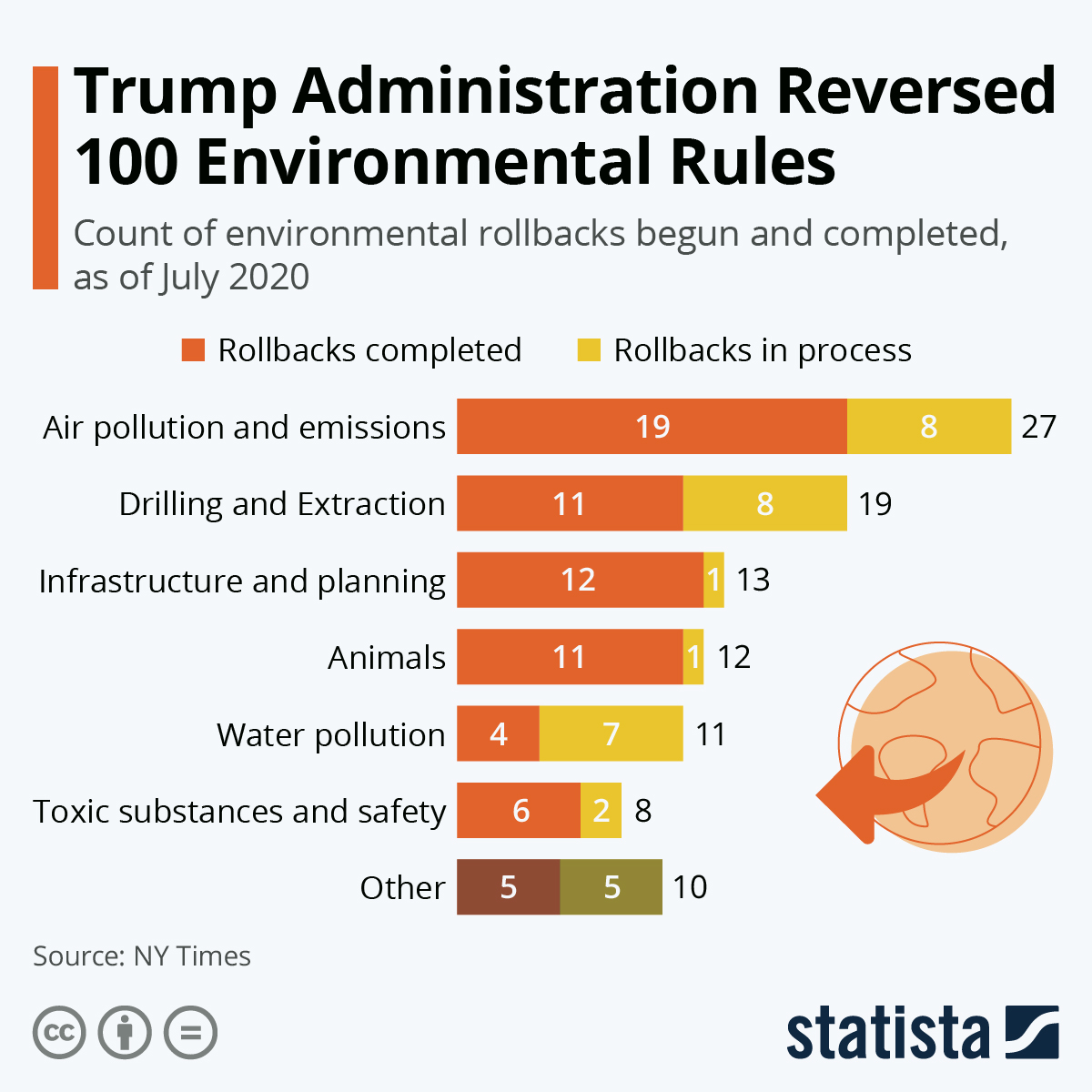
“Well, it’s a hoax. I think the scientists are having a lot of fun.”
-donald trump on climate change
Richard Nixon Conservation President
Denying Science Can Be Both Costly & Deadly
Years of climate denial and an unprecedented effort to banish science took a lethal turn in 2020.
Our government initially ignored a deadly pandemic. This produced disastrous consequences according to the Lancet Global Health Commission, “About 40% of US COVID-19 deaths “could have been averted,” concluded the report.
“Many of the cases and deaths were avoidable,” the report stated, adding that “instead of galvanizing the U.S. populace to fight the pandemic, President Trump publicly dismissed its threat (despite privately acknowledging it), discouraged action as infection spread, and eschewed international cooperation.”
By the summer of 2022, deaths attributed to the coronavirus in the United States had topped 1,000,000. Worldwide, deaths exceeded 6,000,000.

It’s All Part Of A Larger Pattern
But it’s all part of a larger pattern from Ronald Reagan’s claim that trees cause pollution to Donald Trump’s contention that wearing masks signals public disapproval of his policies. This rejection of science has come to dominate the Republican Party in the 21st century.
It’s even gone to absurd lengths with Texas Senator Ted Cruz taking aim at Sesame Street’s Big Bird for promoting COVID-19 vaccines for kids. Cruz has called it “government propaganda . . . for your 5 year old” after the canary-like 8-foot 2-inch Muppet proclaimed that he’d gotten the jab.
“I don’t wear masks like him. Every time you see him, he’s got a mask. He could be speaking 200 feet away from it, and he shows up with the biggest mask I’ve seen.“
-President Trump in a nationally televised debate mocking his Democratic opponent for wearing a mask
So, Why Was Nixon Different?
In the case of Theodore Roosevelt, it was passion. In the case of Richard Nixon, it was good politics. Nixon was the quintessential political animal. He did what made good political sense. While we need more leaders like Roosevelt, our political systems produces more leaders like Nixon.
In the 1970s, championing conservation and the environment made good political sense. So, it wasn’t that Richard Nixon was a political outlier. Rather, it was the American people demanded their leaders pursue policies which promoted conservation of natural resources and environmental justice. Richard Nixon wasn’t different. We were!
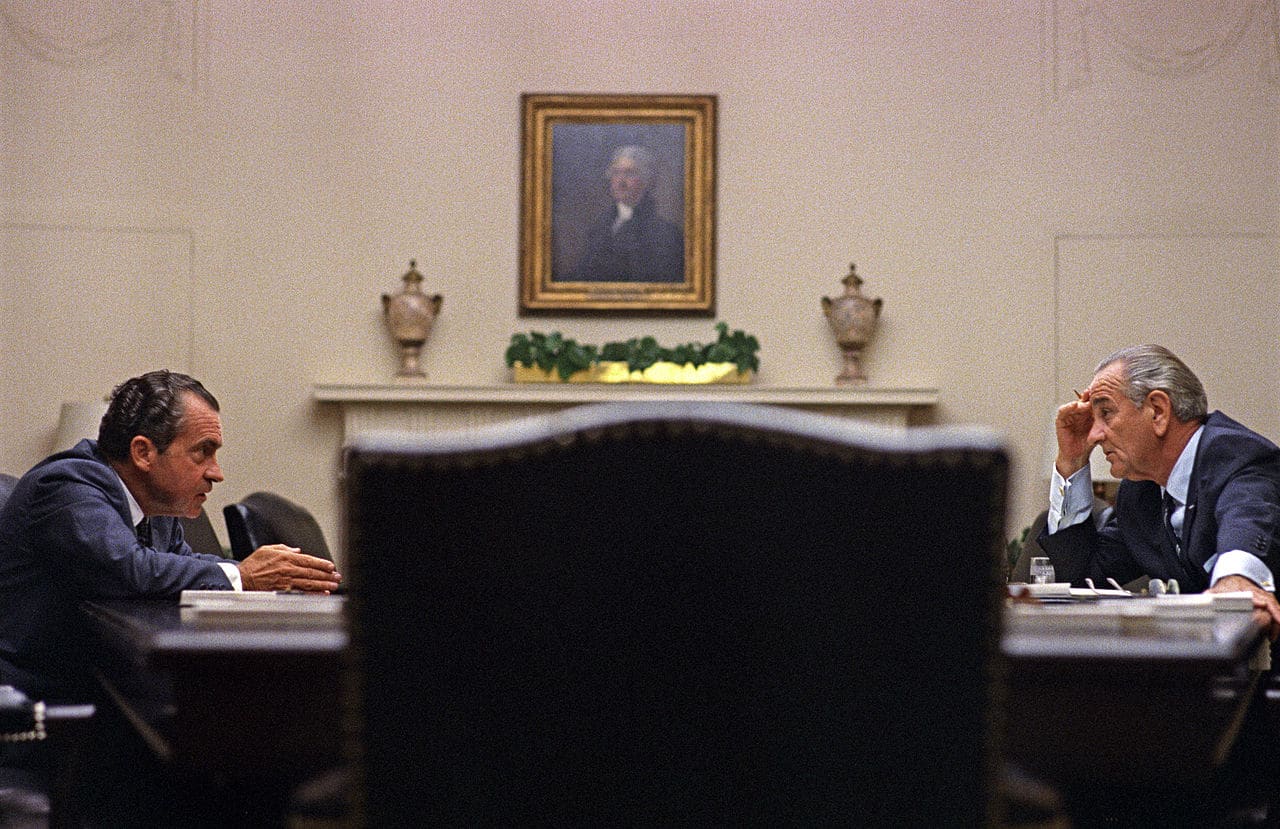
We’ve Got To Have Public Support For Environmental Protection Or It Won’t Happen
Industry had to walk the fine line between trying to protect profits and appearing greedy and obstructionist in the eyes of voters and consumers during the 1960s and 1970s.
William Ruckelshaus was the first director of the Environmental Protection Agency. The clean air issue reinforced Ruckelshaus’s view that the EPA’s effectiveness depended on popular support.
A highly motivated public creates the political support necessary for bipartisan cooperation on environmental issues.
So, the moral of the story is that change only happens when enough people demand it. And if we want Republican leaders who are more like Richard Nixon when it comes to conservation and the environment then we need to demand it from them.

What Can Concerned Citizens Do?
Here are some things that concerned individuals and groups can do to make their voices heard:
- Collaboration and Coordination: Environmental groups, professionals, and concerned citizens must come together to form a united front against environmental rollbacks. Cooperation and coordination among these diverse groups will amplify their impact and create a more powerful voice in support of environmental protection.
- Utilizing Media: Journalists play a crucial role in raising awareness about environmental issues and the potential consequences of anti-environmental policies. By providing accurate and well-researched information, journalists can counter misinformation and skepticism about science.
- Digital and Social Media: Utilize the power of digital and social media to spread information and create public awareness about environmental threats and proposed policy changes. Social media platforms can be instrumental in organizing events, sharing success stories, and engaging a broader audience.
- Storytelling: Encourage individuals with personal experiences related to environmental issues to share their stories. Personal narratives can resonate more strongly with the public and humanize the impact of policy decisions on real people and communities.
- Protecting Government Data: The efforts to save government data are critical as data and scientific research are fundamental to evidence-based policymaking. Promote transparency and access to publicly funded research and data to strengthen the case for environmental protection.
- Science Communication: To combat skepticism about science, effective science communication is essential. Scientists and experts should engage with the public, simplify complex concepts, and make scientific findings accessible to a broader audience.
- Peaceful Protests and Marches: Organize peaceful protests and marches to demonstrate public support for environmental protection. Such events can garner media attention and put pressure on policymakers to consider the public’s concerns.
- Engaging Elected Officials: Encourage constituents to communicate with their elected officials, expressing their support for environmental protection and urging them to take action against environmental rollbacks.
- Grassroots Activism: Engage in grassroots activism to create a groundswell of support for environmental protection at the local level. Grassroots movements have historically played a significant role in influencing policy decisions.
- Legal Action: When necessary, environmental groups can explore legal avenues to challenge policies or regulations that are harmful to the environment.
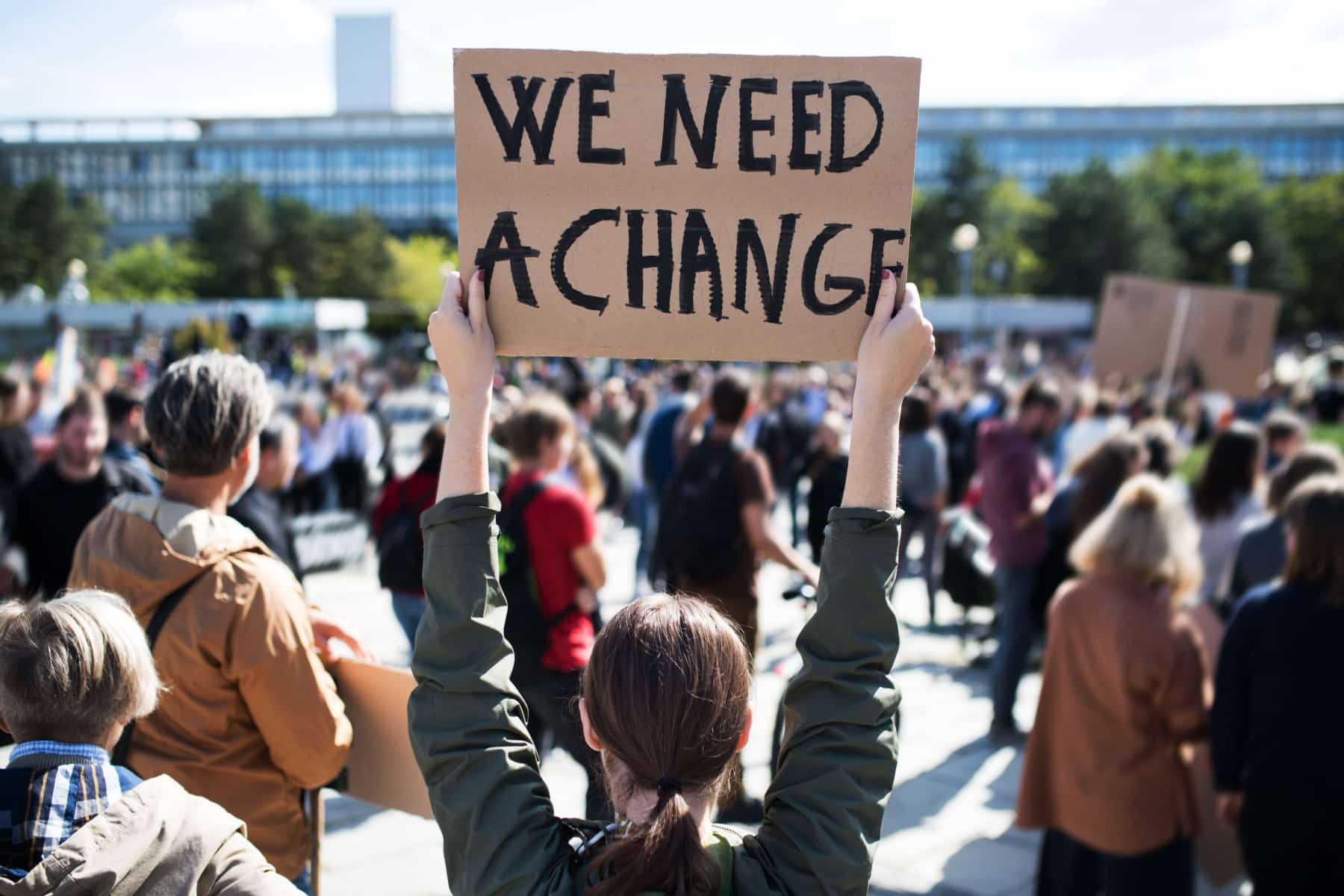
About The People Behind More Than Just Parks
We’re Jim Pattiz and Will Pattiz, collectively known as the Pattiz Brothers (and sometimes as the “Parks Brothers”).
You should probably know that we don’t just make this stuff up out of thin air. We absolutely LOVE America’s public lands and have spent our entire adult lives bringing these places to life through our amazing short films.
We’ve worked with the National Park Service, the Department of Interior, USDA, U.S. Forest Service, and more for years creating films on important places and issues. Our work has been featured in leading publications all over the world and even some people outside of our immediate family call us experts on the national parks.
And, in 2018, our father – having spent a lifetime teaching history – joined us so that he could help us to tell the incredible stories behind these amazing places.
Meet The Parks Brothers
We Hope You’ll Follow Our Journey

Our goal here at More Than Just Parks is to share the beauty of America’s national parks and public lands through stunning short films in an effort to get Americans and the world to see the true value in land conservation.
We hope you’ll follow our journey through the parks and help us to keep them the incredible places that they are. If you’re interested in joining the adventure then sign up below!
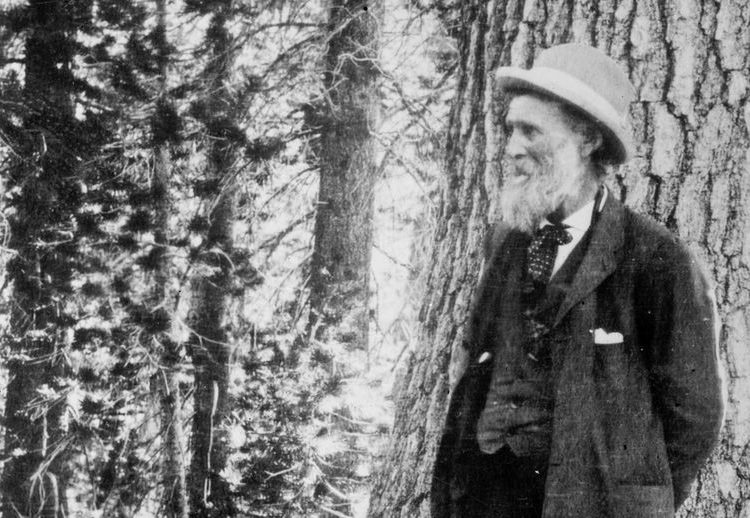

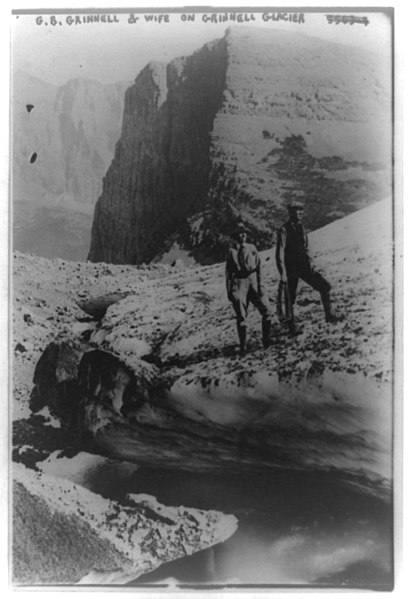


Leave a Reply